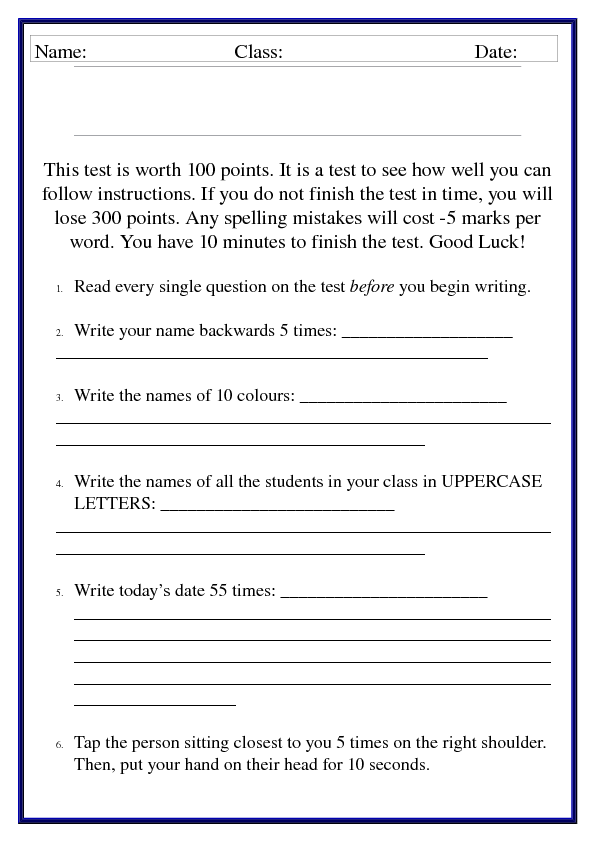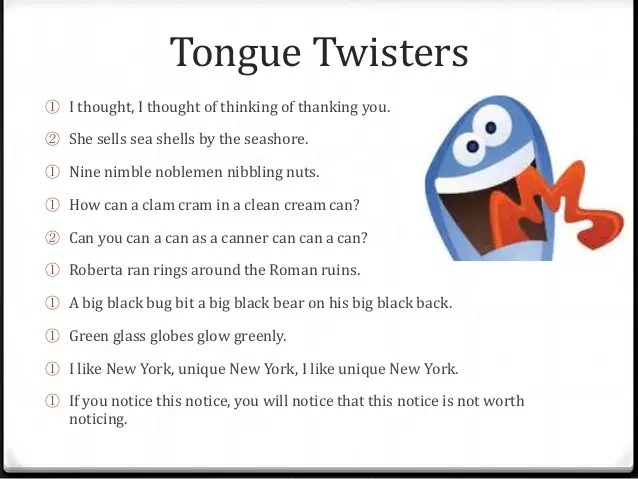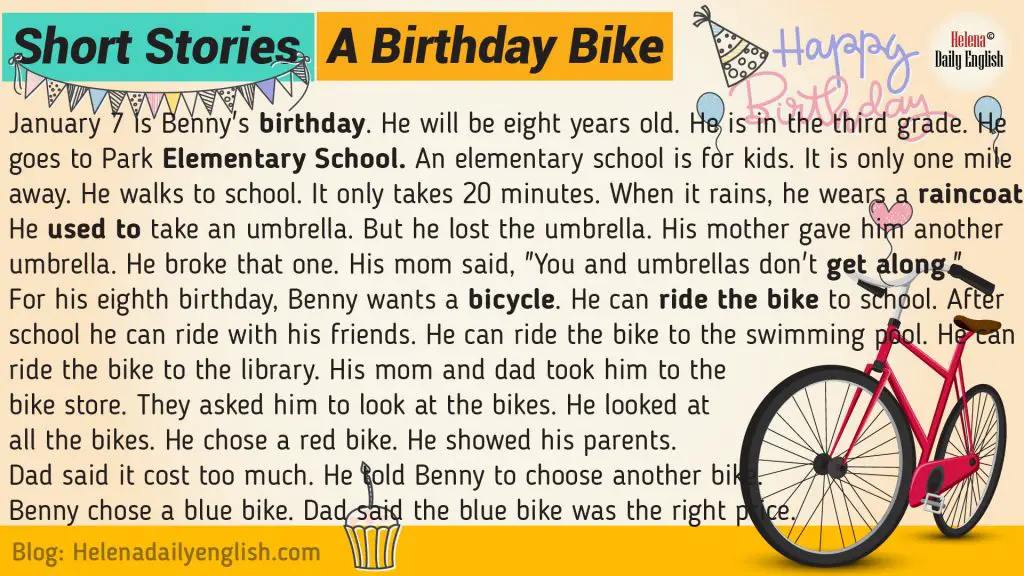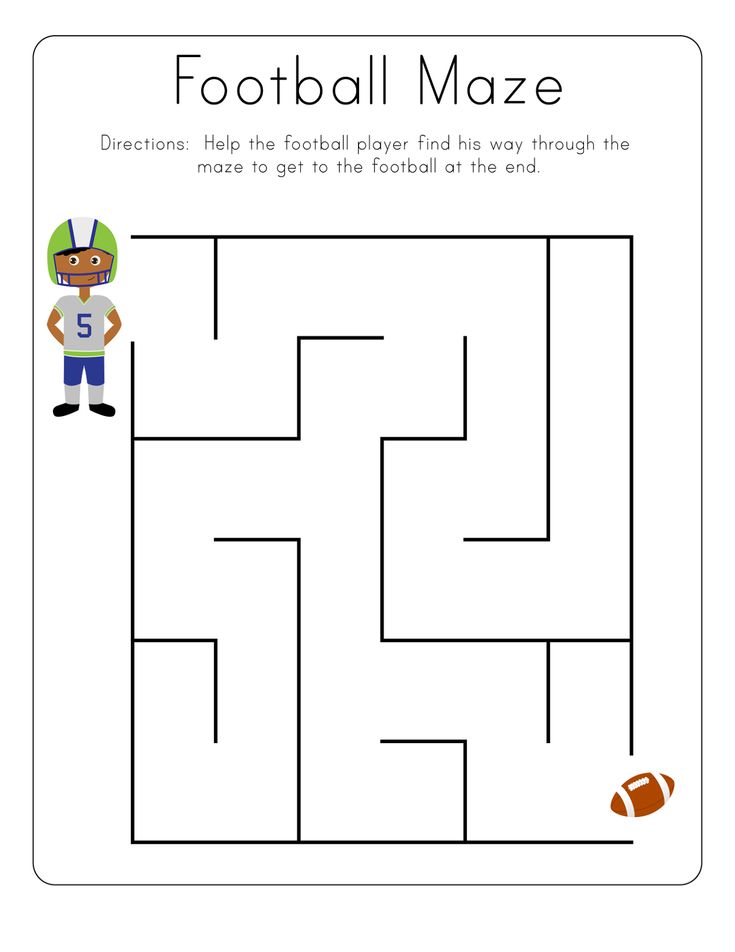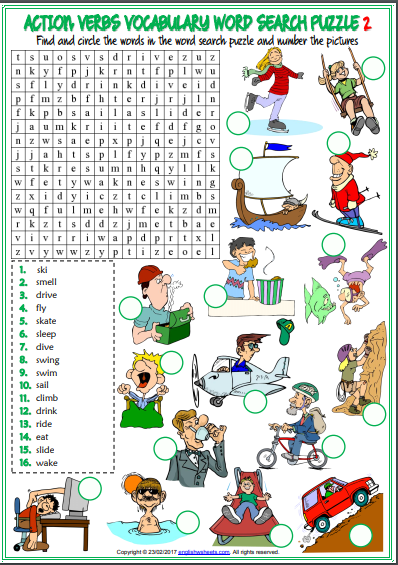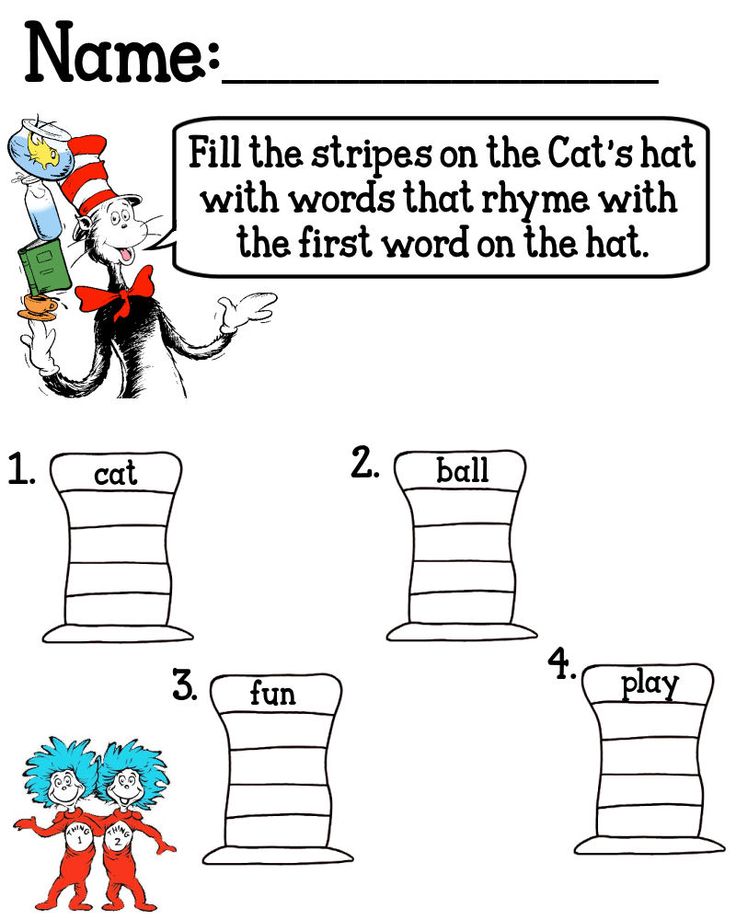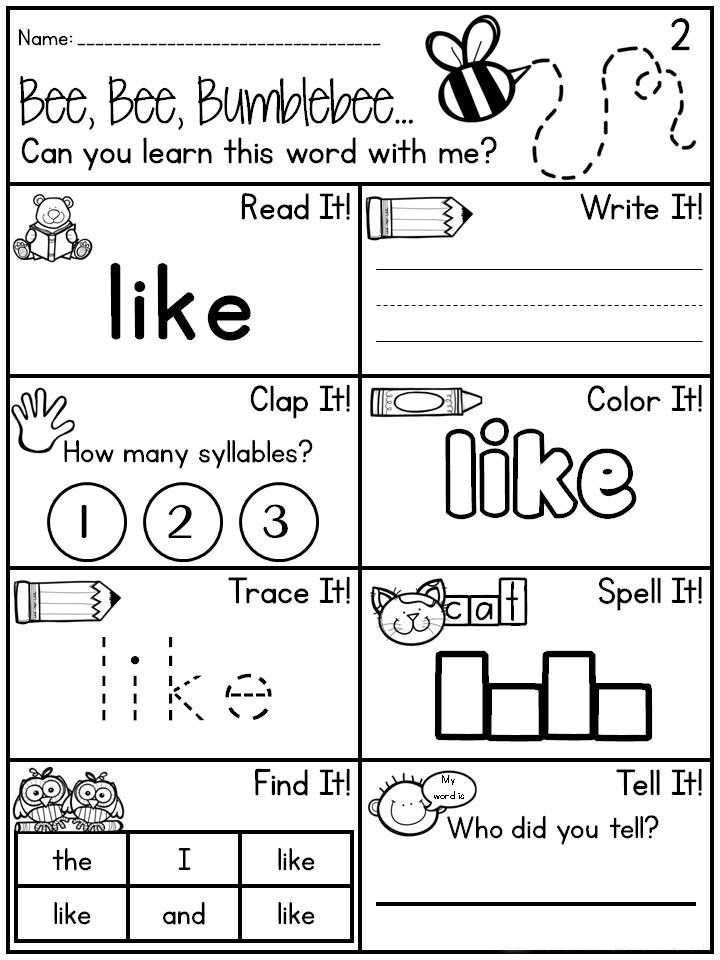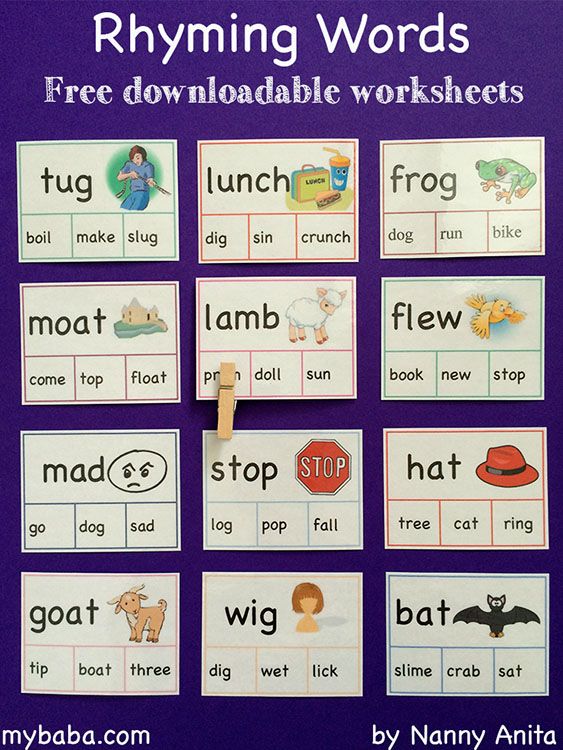Test on following instructions
The Following-Directions Follies | Education World
First Day of School Activity: Following-Directions Follies
Return to back to school lesson plan
Subjects
- Physical Education
--Games
--Exercise/Movement
Grade
- K-2
- 3-5
- 6-8
- 9-12
Brief Description
This fun activity assesses students' ability to observe and follow directions.
Objectives
Students will
- follow written instructions.
- carefully observe the actions of each person.
- perform the activity without error.
Keywords
activity, following directions, observe, observation, fun
Materials Needed
- slips of paper with written instructions for students to follow; the activity below includes enough instruction slips for 20 students and one leader
Lesson Plan
This activity tests students' abilities to observe and follow directions. It's a fun activity for any time of year, but at that start of the year, it can provide insight into students' ability to follow directions.
To start the activity, distribute to each student a small slip of paper with a simple instruction written on it. You should have a paper slip too; or appoint a student to lead the activity. Each slip of paper has a different instruction in the following format: "After somebody _____, then you will _____." For example: After somebody stands up and spins around two times, then you will call out "She sells seashells by the seashore" three times as fast as you can.
Enough instructions for 20 students and one leader appear below. If more than 20 students are in your class, create a new instruction for each additional student.
Each student must pay very close attention to the actions of every other student. When a student sees another student doing the activity that appears on his or her slip after the words After somebody ________, that student should be ready to do whatever action appears on his or her slip after the words then you will ________ .
Following are three sample instructions that will give you an idea of how the activity should flow:After somebody stands up and spins around two times, then you will hum the tune to the song "Row, Row, Row Your Boat."
After somebody hums the tune to the song "Row, Row, Row Your Boat," then you will stand up and do five jumping jacks
After somebody stands up and does five jumping jacks, then you will clap your hands four times.
Start the Activity
To start the activity, the teacher or appointed activity leader, ignoring the After somebody stands and... instruction on his or her slip, simply does the then you will... action. The other students observe the leader's action to see if it is the action that appears on their slips following the After somebody... The student holding the slip that states that action then performs his or her action.
The game continues until the cycle is complete and each student has performed the action on his or her slip.
The idea of the activity is to see how fast the actions can cycle through the entire class. Once you have done the activity once, you might repeat it to see if students can beat the time they recorded for the first time through.
After students have done the activity two or three times, you might collect the slips and have student pick new slips, so they have a new action to do and will have to focus on the new instructions.
The teacher/leader will want to keep a master sheet and observe the activity, because some students might not follow the precise instructions when they perform their actions; others might jump in and perform their actions out of turn.
The Instructions
Print the list below and cut it into strips. If more than 20 students are in your class, you will need to create additional instructions. Be sure the first new instruction you write follows the last instruction below.
You also might consider writing some instructions that relate to curriculum you have taught. For example, "you will call out the name of five former presidents of the United States."
After somebody STANDS UP AND SPINS AROUND TWO TIMES, then you will HUM THE TUNE TO THE SONG "ROW, ROW, ROW YOUR BOAT."
After somebody HUMS THE TUNE TO THE SONG "ROW, ROW, ROW YOUR BOAT," then you will STAND UP AND DO FIVE JUMPING JACKS.
After somebody STANDS UP AND DOES FIVE JUMPING JACKS, then you will CLAP YOUR HANDS FOUR TIMES.
After somebody CLAPS THEIR HANDS FOUR TIMES, then you will STAND UP, WALK ALL THE WAY AROUND THE CLASSROOM AND THEN GO BACK TO YOUR SEAT.
After somebody STANDS UP, WALKS ALL THE WAY AROUND THE CLASSROOM AND THEN GOES BACK TO HIS OR HER SEAT, then you will CALL OUT "SHE SELLS SEASHELLS BY THE SEASHORE" THREE TIMES AS FAST AS YOU CAN.
After somebody CALLS OUT "SHE SELLS SEASHELLS BY THE SEASHORE" THREE TIMES AS FAST AS HE OR SHE CAN, then you will STAND UP AND HOP THREE TIMES ON ONE FOOT.
After somebody STANDS UP AND HOPS THREE TIMES ON ONE FOOT, then you will RECITE THE WORDS TO THE PIG VERSE OF THE SONG "OLD MCDONALD HAD A FARM."
After somebody RECITES THE WORDS TO THE PIG VERSE OF THE SONG "OLD MCDONALD HAD A FARM," then you will STAND UP, GET A SHEET OF MATH PAPER, CRUMPLE THE PAPER, AND TOSS IT TO THE PERSON WHO DID THE ACTION JUST BEFORE YOURS.
After somebody STANDS, GETS A SHEET OF MATH PAPER, CRUMPLES THE PAPER AND TOSSES IT TO THE PERSON WHO DID THE ACTION JUST BEFORE HE OR SHE DID, then you will CALL OUT ALL 26 LETTERS OF THE ALPHABET, IN ORDER, AS FAST AS YOU CAN.
After somebody CALLS OUT ALL 26 LETTERS OF THE ALPHABET, IN ORDER, AS FAST AS HE OR SHE CAN, then you will STAND UP AND SPIN AROUND THREE TIMES.
After somebody STANDS UP AND SPINS AROUND THREE TIMES, then you will HUM ONE VERSE OF THE SONG "HAPPY BIRTHDAY TO YOU."
After somebody HUMS ONE VERSE OF THE SONG "HAPPY BIRTHDAY TO YOU," then you will STAND UP AND DO THREE JUMPING JACKS.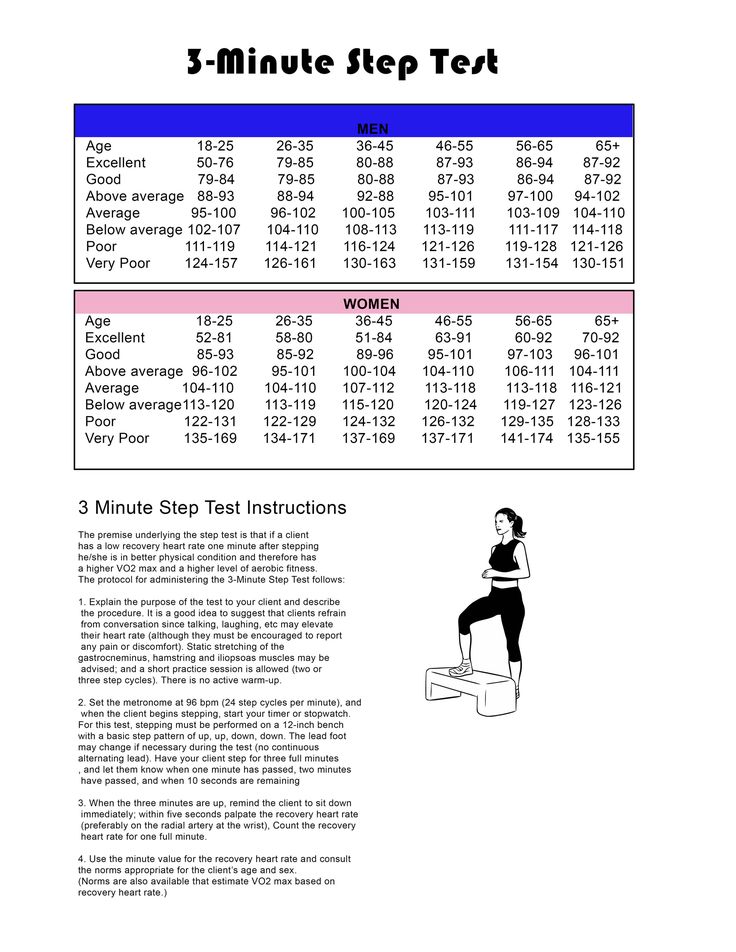
After somebody STANDS UP AND DOES THREE JUMPING JACKS, then you will RECITE THE WORDS TO "MARY HAD A LITTLE LAMB."
After somebody RECITES THE WORDS TO "MARY HAD A LITTLE LAMB," then you will CLAP YOUR HANDS TOGETHER SIX TIMES.
After somebody CLAPS HIS OR HER HANDS TOGETHER SIX TIMES, then you will STAND UP AND JUMP UP AND DOWN FOUR TIMES ON BOTH FEET.
After somebody STANDS UP AND JUMPS UP AND DOWN ON BOTH FEET FOUR TIMES, then you will CALL OUT "SHE SEES CHEESE" CAN THREE TIMES AS FAST AS YOU.
After somebody CALLS OUT "SHE SEES CHEESE" THREE TIMES AS FAST AS HE OR SHE CAN, then you will STAND UP, STRETCH, AND LET OUT A BIG YAWN.
After somebody STANDS UP, STRETCHES, AND LETS OUT A BIG YAWN, then you will COUNT BY 5s TO 100.
After somebody COUNTS BY 5s TO 100, then you will RECITE THE WORDS TO THE COW VERSE OF THE SONG "OLD MCDONALD HAD A FARM."
After somebody RECITES THE WORDS TO THE COW VERSE OF THE SONG "OLD MCDONALD HAD A FARM," then you will STAND UP AND HOP FIVE TIMES ON ONE FOOT.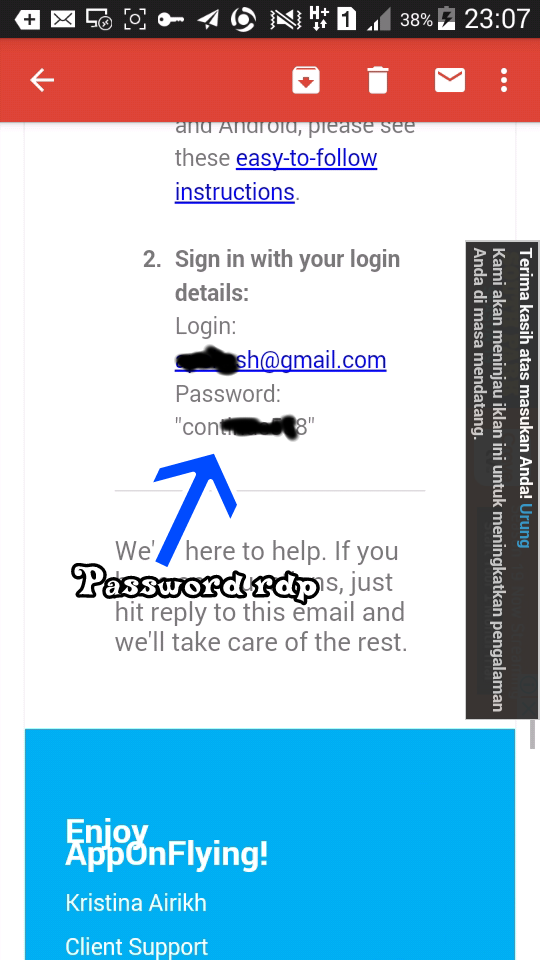
After somebody STANDS UP AND HOPS FIVE TIMES ON ONE FOOT, then you will STAND UP AND SPIN AROUND TWO TIMES.
[Return to the top instruction.]
Assessment
This activity will help you assess students' abilities to follow directions.
Lesson Plan Source
Education World
Submitted By
Gary Hopkins
Find more great back-to-school activities on Education World's special Back to School archive page.
Click here to return to this week's Back to School lesson plan page.
12 Tips to Help Your Child Learn to Follow Instructions
- ADHD Parenting
- School & Learning
School Behavior
Strategies to help children with ADHD hear what you tell them to do — not just “bits and pieces.”
By ADDitude Editors
Verified Updated on September 7, 2022
The problem: Difficulty following instructions is a hallmark of attention deficit hyperactivity disorder (ADHD). Children may seem to understand and even write down your directions, then turn in the wrong assignment or execute it in the wrong way.
Children may seem to understand and even write down your directions, then turn in the wrong assignment or execute it in the wrong way.
The reason: A student with ADHD has difficulty focusing and sustaining attention. When instructions are given, she may not be “tuned in” at that precise moment. Often she’ll hear the teacher’s first direction, then become distracted by other thoughts or stimuli. She may hear only bits and pieces, or hear and achieve only one of four assigned tasks. Difficulty processing language exacerbates the problem.
The obstacles: A student may leave her class assuming that she heard and “got” everything right. She may have listened as closely as she could, but still missed specific steps or directions. When she turns in work that’s done partially or incorrectly, it’s easy for teachers to become angry and frustrated. But giving poor grades will only make matters worse, since the child may come to believe she is stupid.
[Free Guide: How Teachers Can Manage Classroom Behavior]
Solutions in the Classroom
Be mindful of the student’s tendency to wander mentally or to lose her place because of slow language processing skills.
- When giving specific directions to a student with ADHD, establish eye contact. You may need to pause in your sentence until the student’s eyes meet yours.
- When giving instructions, be specific and brief. If possible, provide instructions personally to the child, not to the entire room.
- Write instructions or directions on the board. Colored chalk will highlight the important topic or specific assignment. Insist that students copy the assignment word for word. Then check what the student has written.
- Digital audio recorders can help children store several minutes of information that can be played back immediately – useful for dictating homework assignments and other reminders throughout the school day.
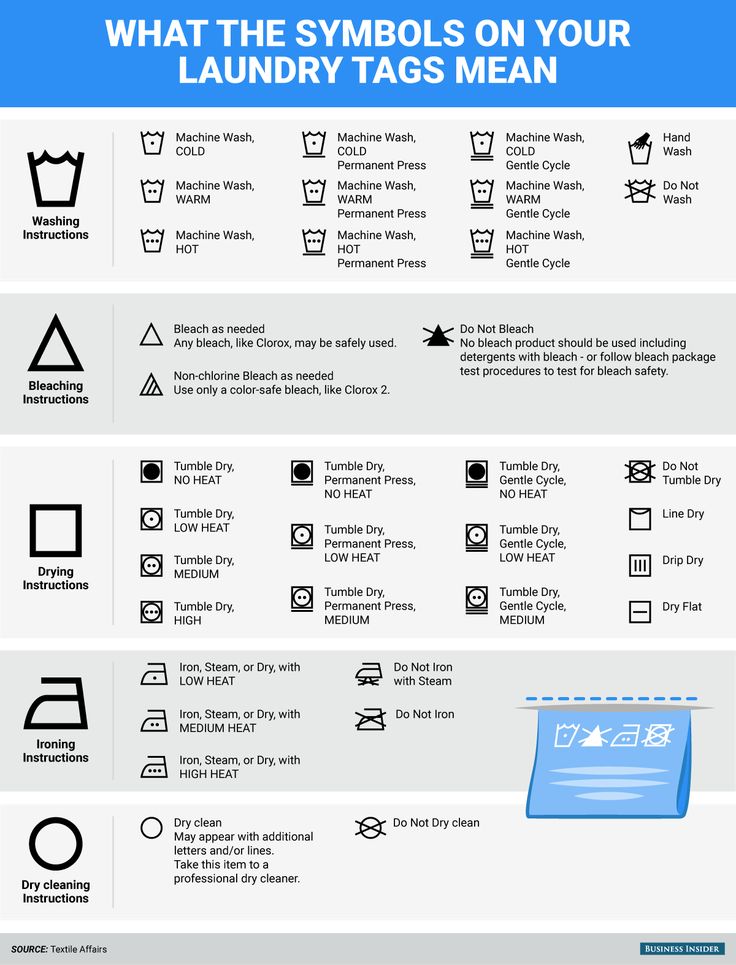
- Provide instructions in writing. One teacher’s student, who had ADHD, assured him she’d written the assignments, but then wasn’t sure what to do when she got home. The teacher found that the child had written “Reading Assignment” but had failed to write down which chapters to read and what questions to answer. After that, the teacher always provided a typed list of instructions.
- When giving verbal directions, reinforce them. It’s helpful and fun to ask three students, from different parts of the room, to repeat the assignment. This method gives the student more than one opportunity to “tune in” to the directions.
- Raise or lower your voice in a dramatic fashion to catch the attention of a student who may have tuned out temporarily.
[Read: Supporting the Disruptive Child]
Solutions at Home
At home, as well as in school, multi-step directions are almost impossible for children with ADHD to master.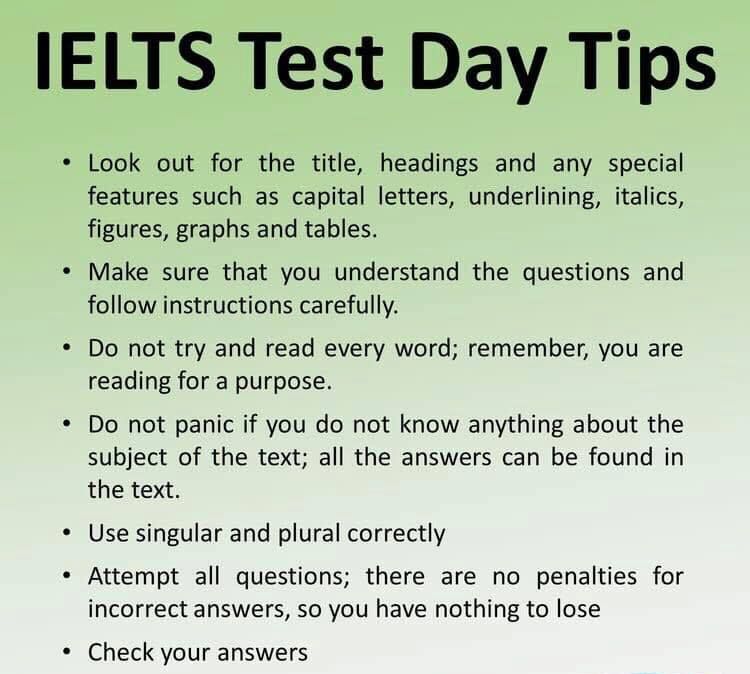 There is just too much information to take in and retain.
There is just too much information to take in and retain.
- Parents need to break down large jobs with multiple tasks into smaller, single steps. Give your child one instruction, ask him to complete it, then report back to you. Provide the second step only when the first step is done.
- Older students do best with a checklist or daily routine, allowing them to assume more responsibility by referring to a list of things to accomplish. They can check off completed assignments as they go along.
- For younger students, some parents and teachers take pictures of each step of a routine. For example, getting ready for school involves multiple steps and instructions. Take a picture of your child at each activity — getting dressed, eating breakfast, brushing teeth, preparing her backpack — and then place these pictures in order so your child has a visual reminder of the daily morning routine.
- If your child needs more reinforcement, adopt a reward or token system to provide external motivation.
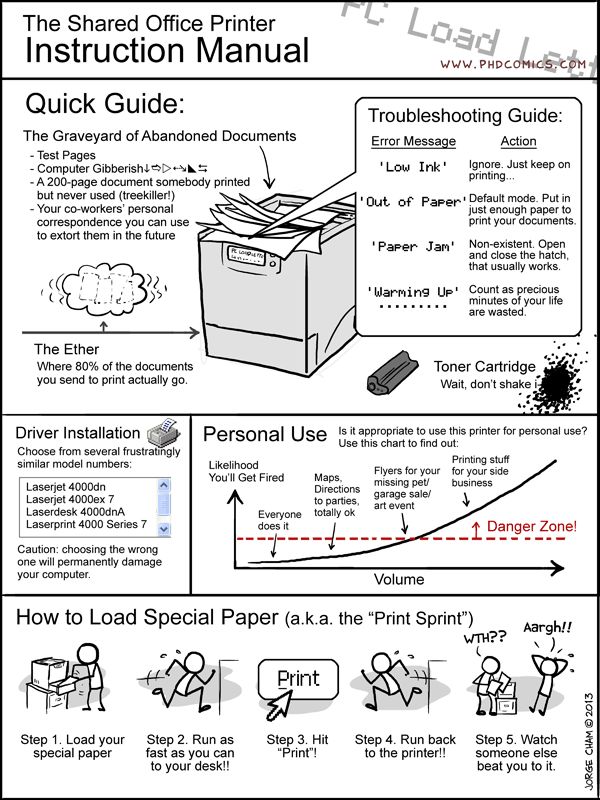 Either way, making instructions simpler and clearer will help children with ADHD feel more responsible and become more successful at home and in school.
Either way, making instructions simpler and clearer will help children with ADHD feel more responsible and become more successful at home and in school.
- If the child agrees to do something, but gets sidetracked by something else, try to “redirect” rather than punish. If you’ve asked him to feed the dog, then found him outside playing basketball, redirect: “Remember, you’re supposed to feed the dog. I’ll hold on to the basketball, so you’ll know where to find it when you’re done.”
[Be That Teacher That Breaks Through]
SUPPORT ADDITUDE
Thank you for reading ADDitude. To support our mission of providing ADHD education and support, please consider subscribing. Your readership and support help make our content and outreach possible. Thank you.
Previous Article Next Article
Python for creating websites Python test.
 While loop
While loop
Some companies use Python to create websites. The while loop (“while”) allows you to perform the same sequence of actions while the condition being checked is true. The condition is written to the loop body and checked before the loop body is executed. As a rule, the while loop is used when it is impossible to determine the exact value of the number of iterations of the loop.
The while loop syntax in the simplest case looks like this:
When executing a while loop, the condition is checked first. If it is false, then the execution of the loop is terminated and control is transferred to the next instruction after the body of the while loop. If the condition is true, then the statement is executed, after which the condition is checked again and the statement is executed again. This continues until the condition is true. As soon as the condition becomes false, the loop will end and control will be transferred to the next instruction after the loop.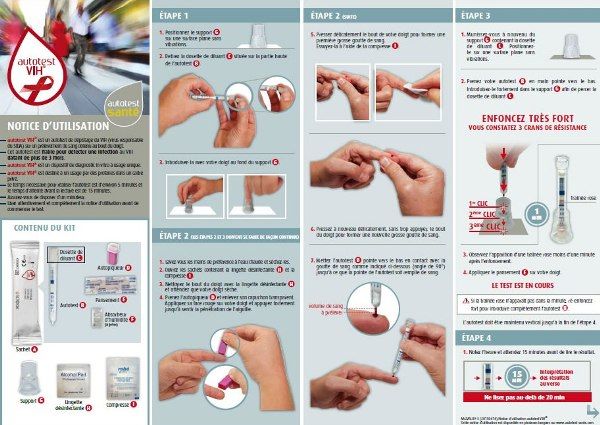
For example, the following program fragment will print the squares of all integers from 1 to 10 on the screen. You can see that the while loop can replace the 9 loop0011 for ... in range(...) :
In this example, the variable i inside the loop changes from 1 to 10. Such a variable, whose value changes with each new iteration of the loop, is called a counter. Note that after executing this fragment, the value of the variable i will be equal to 11 , since it is at i == 11 that the condition i <= 10 will cease to be true for the first time.
Here is another example of using a while loop to determine the number of digits of a natural number n :
In this loop, we discard one digit of the number, starting from the end, which is equivalent to integer division by 10 ( n //= 10 ), while counting in the variable length , how many times this was done .
Python has another way to solve this problem: length = len(str(i)) .
2. Loop control instructions
After the body of the loop, you can write the word else: and after it the block of operations to be executed once after the end of the loop, when the condition being tested becomes false:
One might think that this makes no sense, since the same instruction could simply be written after the end of the loop. The meaning appears only together with the instruction break . If, during execution, Python encounters the instruction break inside the loop, then it immediately stops executing this loop and exits it. In this case, the branch else will not be executed. Of course, instruction 9It makes sense to call 0011 break only inside the if statement, that is, it should be executed only if some special condition is met.
Here is an example of a program that reads numbers until it encounters a negative number. When a negative number appears, the program terminates. In the first variant, the sequence of numbers ends with the number 0 (when reading which you have to stop).
When a negative number appears, the program terminates. In the first variant, the sequence of numbers ends with the number 0 (when reading which you have to stop).
In the second variant of the program, first the number of elements of the sequence is input, and then the elements themselves. In this case, it is convenient to use the loop for . The for loop can also have a else branch and contain break statements inside it.
Another loop control instruction - continue (loop continuation). If this instruction occurs somewhere in the middle of the loop, then all remaining instructions are skipped until the end of the loop, and the execution of the loop continues with the next iteration.
If statements break and continue are contained within multiple nested loops, they only affect the execution of the innermost loop. Here's a not-so-intelligent example that this demonstrates:0003
Fascination with instructions break and continue is discouraged if one can avoid using them.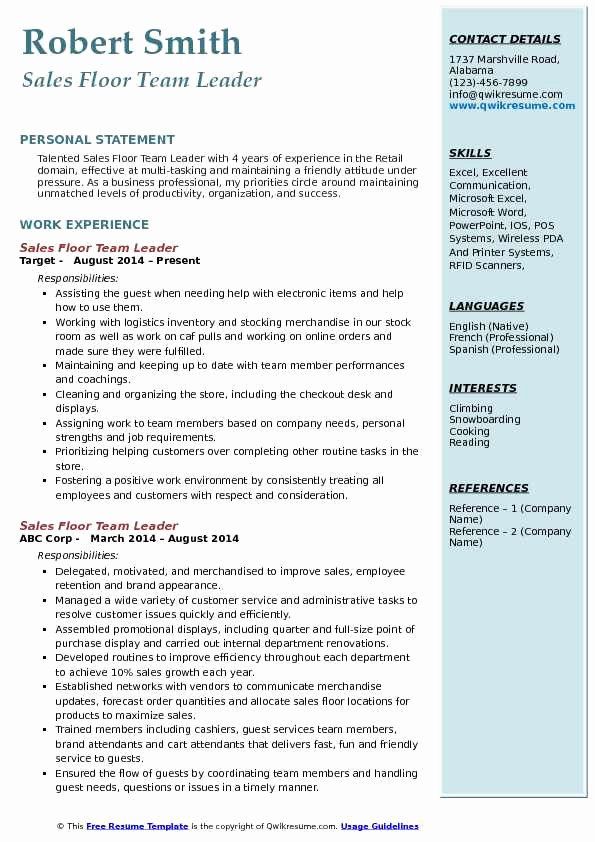 Here is a typical example of bad use of instruction
Here is a typical example of bad use of instruction break (this code counts the number of characters in a number).
It is much better to rewrite this loop like this:
However, a more elegant solution can be proposed in Python:
To test your knowledge, take the test at the top of the page. And get coins that can be exchanged for gifts!
We invite you to improve your programming skills at our school online or in the office at metro Akademgorodok, metro Zhitomirskaya.
Error 404: Page not found!
Sorry, the document you requested was not found. Perhaps you made a mistake when typing the address or followed a broken link. To find the page you need, use the site map below or go to the main page of the site. Site searchSitemap
|

